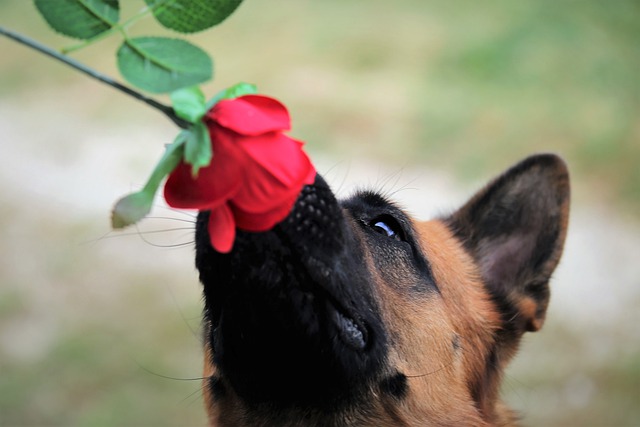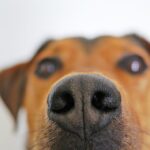In Russia, scientists have crossed jackals with a type of Russian husky to create what they claim is a superior bomb detection dog. After 30 years of selective breeding, the little dogs have now started duty at a Russian airport, with promising results.
In Korea, scientists have circumvented the selection process by cloning a top drug detection dog. The cloned dogs, all named Toppy, have just entered training but are doing exceptionally well.
Will all drug detection dogs of the future be named Toppy? With centuries of selective breeding already devoted to creating canine scenting geniuses, what makes these scientists think they can improve upon it in just a few generations—or a few shakes of a test tube?
It makes sense. The most popular sniffer dogs are breeds bred for other tasks, such as rabbit trailing, duck retrieving, and livestock herding. Beagles have great noses, but obedience isn’t their forte. Other breeds known for their trainability, such retrievers and herding breeds, have good noses, but have never been selected for scenting ability. The undisputed king of the trail, the Bloodhound, is not the breed of choice for contraband detection. His heart’s not in it, so neither is his nose.
A recent study of SAR dogs looked at 30 characteristics, and found of the most popular breeds (English Springer Spaniel, Labrador Retriever, cross breeds, and Border Collie, in that order) used for SAR in the study, the dogs varied significantly in five characteristics: tendency to be distracted when searching, agility, motivation to obtain food, independence, and stamina.
So what turns a dog from a supper sniffer into a super sniffer?
Is it all in his head? Or all in his nose? Or is it all in his genes?
Yes, it’s in his head. The most gifted scenter is of little use if he doesn’t want to use his nose, and use it as directed.
Yes, it’s in his nose. The most ambitious worker can’t indicate what he simply can’t smell. And although there’s little hard data between breeds, anatomical differences in olfactory area and cells should tell you not to ask a Pekingese to do a Beagle’s job.
And yes, it’s in his genes. New DNA mapping indicates that it’s not just the number of olfactory cells, but the variety, that may influence scent sensitivity.
Cloning, hybridization with wild canids, and DNA mapping are all helping to build a better scent trap. It only makes sense.





